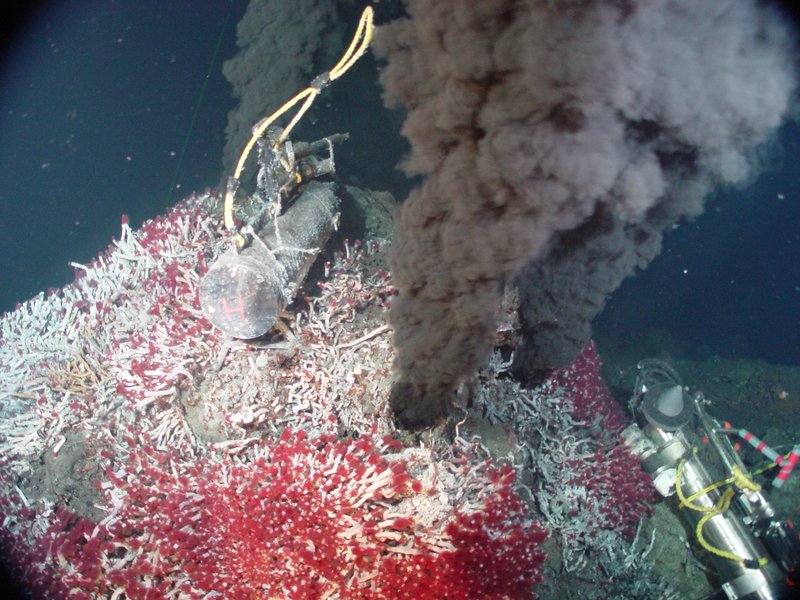
A New Addition to the Family Tree
Break out the genealogy chart. It’s time to add a name to the very bottom. Scientists believe they have put together an accurate genetic portrait of the ‘last universal common ancestor’ or ‘Luca’ for short.
Led by William Martin at Heinrich Heine University in Germany, the research team settled on 355 genes they think Luca carried (after sifting through a whopping 6 million possibilities). Since changes in genes are predictable over time, scientists are able to form hypotheses about species inaccessible to them using DNA sequences of living organisms.
The scientists examined the genes from archaea and bacteria, two of the largest groups of unicellular organisms. They believe that genes belonging to at least two groups of bacteria and at least two groups of archaea most likely also belonged to Luca.
Exactly How Old is Old?

The genes chosen by scientists suggest that Luca lived without oxygen. Instead, it survived on carbon dioxide and hydrogen. They also believe that it thrived in extremely high temperatures and required the presence of metals.
Scientists have always wondered if life began in hydrothermal vents and Luca’s characteristics seem to fit the living conditions in such an environment.
There are disagreements about where exactly Luca fits in the timeline of these early organisms. Also, Luca only has a small number of tools that create amino acids and nucleotides, simple but important building blocks of life.
Scientists are still searching for clues about the earlier lifeforms but for now, this group of scientists considers Luca to be our oldest ancestor.